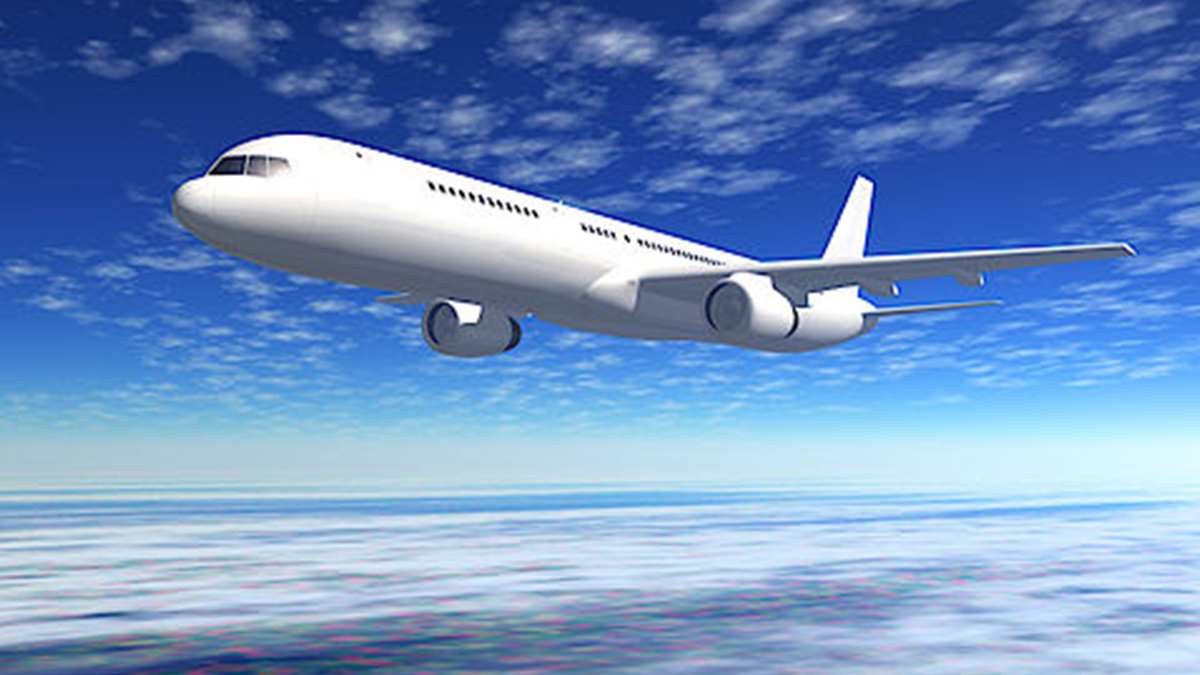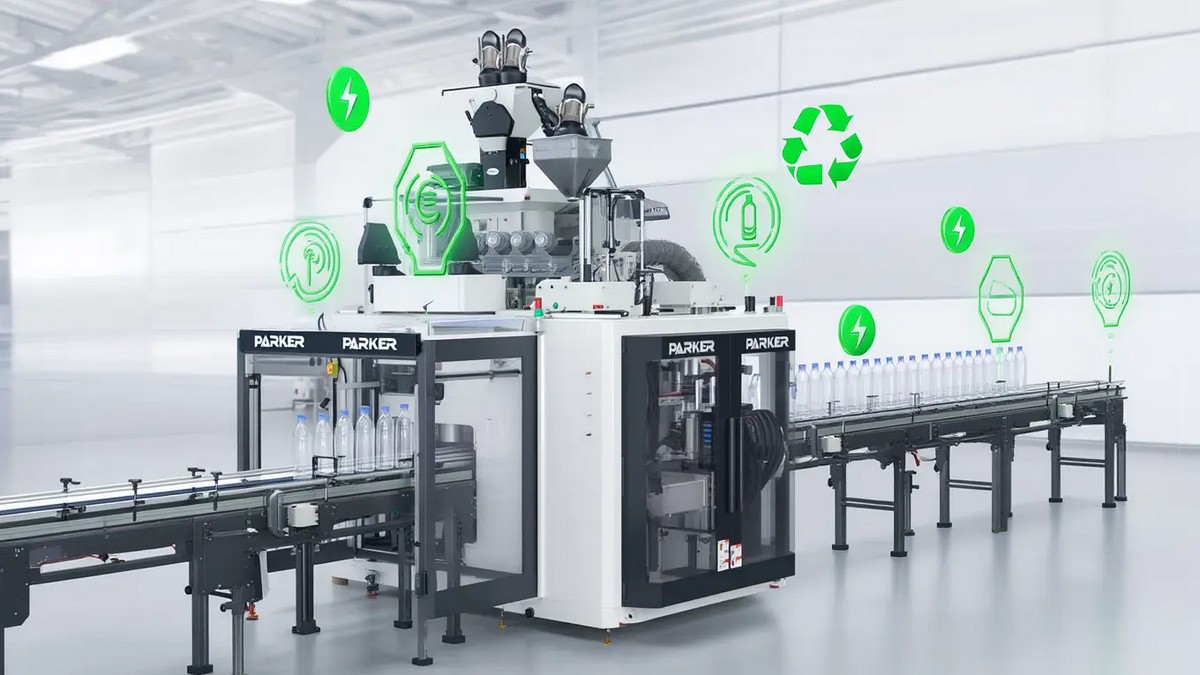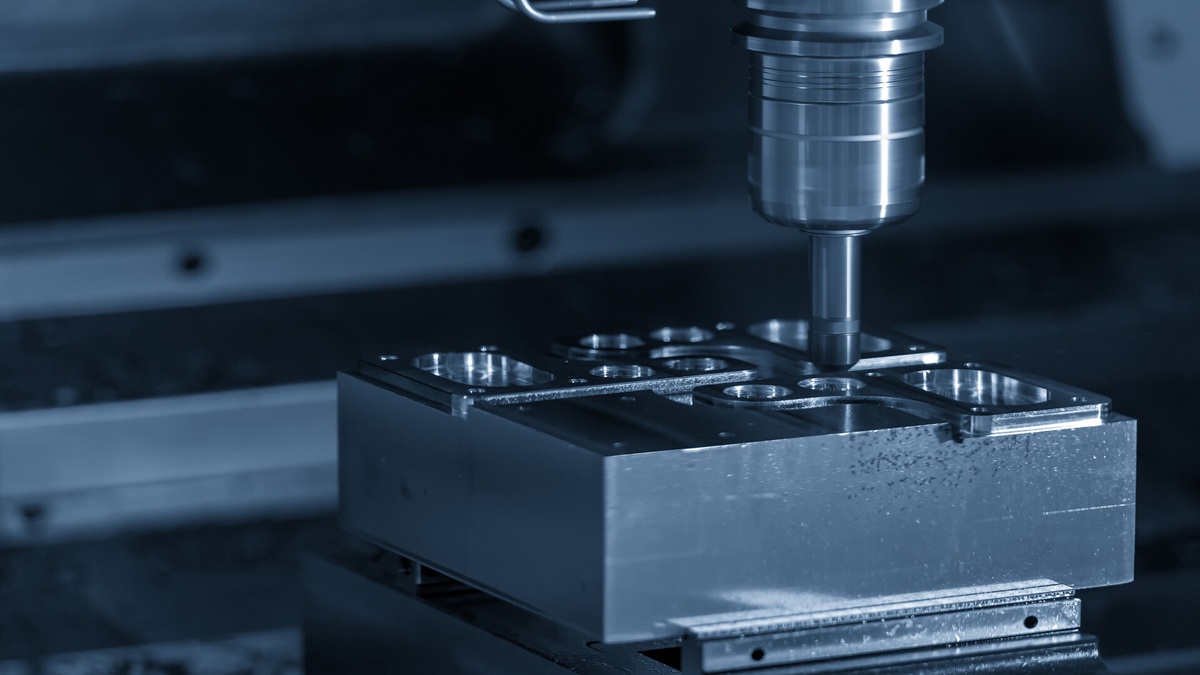In recent years, driven by the internationalization of enterprises and the quality of aviation services, the turnover of air passengers has shown steady growth. The estimated average annual growth rate of air transportation in the next 20 years is 4.7%, and Taiwan's aviation industry output value has maintained a steady growth trend in the past 10 years.
Speaking of the strong growth of global passenger aircraft demand in the future, it is necessary to mention the estimation of the CEO of Boeing: Believes that the world will need 43,000 new aircraft in the next 20 years, with a total value of US$8.1 trillion.
The global aerospace industry’s annual shipments are about 5,000, and the value of each aircraft is very high, so the annual output value can reach 1.7 trillion US dollars. In addition, according to different uses, it can be divided into five major products, namely civil aviation aircraft, military aircraft, private passenger aircraft, propeller aircraft, and helicopters, among which civilian aircraft are the most demanded, accounting for 78%, and military aircraft demanding 22%.
The driving force of global air transportation demand comes from the growth of the overall economy and the value of services experienced by customers. In recent years, driven by the internationalization of enterprises and the quality of air services, the turnover of air passengers has shown steady growth. The estimated average annual growth rate of air transportation in the next 20 years (2018-2037) is 4.7%, which will create business opportunities in the aviation manufacturing industry. Therefore, it is estimated that the global demand for new passenger aircraft in the next two decades will be about 42,000, with a market value of up to US$6.3 trillion. Among them, the demand for new aircraft in the Asia-Pacific region is the most prosperous. At the same time, Airbus's Global Market Forecast also has a similar estimate.
Taiwan's aviation industry output value
The output value of Taiwan's aviation industry has changed in the past 10 years. Overall, it has shown a trend of steady growth. In 2019, the output value reached NT$134 billion. The aviation industry is a high-tech industry with complex quality management and system integration technologies. Compared with the rest of Taiwan’s superior industries such as biotechnology, information, and communications, cultural creativity, tourism, and exhibitions, etc., the aviation industry has relatively low linkages with the global economy. After manufacturers enter the industry, manufacturers have been able to obtain long-term stable production orders, which reflects recent years. Taiwan's aviation industry has grown steadily in terms of output value. In addition to the evaluation and analysis of global aerospace business opportunities, it is expected that the global aerospace industry and commercial passenger aircraft production value will reach 200 billion U.S. dollars in 2025, and related research reports also pointed out that the global aviation maintenance market will grow to 116 billion U.S. dollars in 2029. (The average annual compound growth rate is expected to reach 3.5%). With global demand growth, Taiwan’s industrial output value is expected to continue to grow.
Prospects and expectations of Taiwan's aerospace industry
Taiwan is located at the hub of a high economic growth region in the Asia-Pacific region. With experience in international aviation cooperation, manufacturing technology, and quality management of international aviation standards, Taiwan has become an important partner for foreign businessmen. Therefore, the government has designated the defense aerospace industry as an innovative industry. , And promote the national manufacturing of SINOMACH, hoping to produce benefits for the overall development of the country’s industry in the future, and enhance the industrial technology level and industrial energy. In recent years, Taiwan has gradually become an important production base in Asia for aircraft structural components, engines, or avionics components, and has successfully secured international orders, with a steady growth of approximately 9% each year.
Looking back at Taiwan’s aviation industry, it has grown rapidly with the joint efforts of the industry. The annual output value has grown from NT$6.56 billion in 1991 to NT$120.7 billion in 2018; and since 2016, the government has promoted the national independent manufacturing of national aircraft and self-made high-end aircraft. Trainer aircraft and follow-up plans for military aircraft have added growth momentum to Taiwan’s aerospace industry.
However, since the China-US trade dispute spread in 2018, it has hurt the global economic environment. However, looking forward to the demand for air transportation in the future, Taiwan’s aerospace industry still has ample room for growth. The main goal is to explore business opportunities in the international aerospace market to promote industrial growth, cultivate talents and expand industry participation, and enhance overall industrial energy. The industry has become a link in the international aerospace supply chain.
Entering the European and American aviation supply chain, the aviation maintenance market has a promising future
Global air transportation continues to grow. To ensure flight safety and airworthiness, aircraft maintenance and repairs are in demand in the market. Taiwan, which is in the Asia-Pacific hub, is actively expanding its aerospace maintenance business. Quality and technology are favored by international manufacturers, and the output value of aircraft engine and airframe maintenance has been growing in double digits year after year. In the field of aviation maintenance, Taiwan already has the energy for body maintenance of various aircraft and helicopters and the refurbishment of various engine accessories. After becoming the world's exclusive Boeing 747-400LCF passenger aircraft modification freighter manufacturer, it has also received another Boeing 767-300 modification order. The maintenance industry can be said to be the hidden champion of the entire aviation-related industry, accounting for 60% of the overall aviation industry output value.
As far as the current situation in Taiwan is concerned, although Taiwan has a stable and sound industrial chain, it still faces the problem of higher costs. The government continues to track industry trends and promote policy development. For example, the "National Machinery Manufacturing" and the "5+2 Industrial Innovation Plan" have accelerated the development and transformation of the aerospace industry. Taiwan's aviation industry has established a supply chain system for related civil aviation products and has established partnerships with world-renowned aviation companies such as The Boeing Company, Airbus SE, Bombardier, General Electric, Pratt & Whitney, Snecma S.A., etc. The total output value of Taiwan's aviation industry will reach nearly 93.5 billion New Taiwan dollars in 2020. Due to the impact of the new crown pneumonia, it has declined by 30.22% from the previous year.
2021 Global Aerospace Market Report
The aerospace market includes entities (organizations, individual traders, and partnerships) that produce commercial aircraft, perform aircraft maintenance, repair, and overhaul services, and produce support and auxiliary equipment (such as radar, air traffic) and sell aviation equipment (including aircraft) for Civilian control towers and satellites. The aerospace industry consists of companies engaged in prototype development and the manufacture or assembly of complete aircraft and aircraft parts for commercial use. The industry also includes companies that provide modifications or alterations, repairs, parts replacement, and thorough overhaul and reconstruction of commercial aircraft. The types of aircraft manufactured include gliders, helicopters, unmanned aerial vehicles, ultralight aircraft, passenger aircraft, and private jets. The aviation market is segmented into commercial aircraft; aircraft maintenance, repair and overhaul services, and aerospace support and auxiliary equipment.
North America is the largest region in the global aerospace market, accounting for 50% of the market by 2020. The Asia-Pacific region is the second-largest region, accounting for 22% of the global aerospace market. Eastern Europe is the smallest region in the global aerospace market.
Helicopter manufacturing companies are increasingly using parts made of carbon fiber reinforced plastic composite material (CFRP) because this material provides higher strength for helicopter parts than traditional metal parts. CFRP material can increase the strength of the helicopter and reduce its weight and has higher corrosion resistance. These features enable the helicopter to handle a higher load capacity.
Aircraft manufacturers are using machine learning technologies such as artificial intelligence (AI) to improve the safety and quality of aircraft and increase production efficiency. Machine learning algorithms collect data from machine-to-machine and machine-to-human-machine interfaces and use data analysis to drive effective decision-making. These technologies can optimize manufacturing operations and reduce costs. For example, machine learning and data analysis are used to identify faults in the engine, thereby increasing the service life of components and reducing maintenance costs. Boeing has successfully built machine learning algorithms to design aircraft and automate factory operations.
The overall economic growth of emerging economies is expected to have a positive impact on the commercial aircraft manufacturing market. As a result of economic growth, the increase in disposable income in emerging markets has had a positive impact on the demand for air travel. IMF predicts that by 2021, global GDP growth will reach 5.4%. In addition, it is expected that during the forecast period, emerging markets will continue to grow faster than developed markets. Stable economic growth is expected to increase investment in national security, which in turn will promote the development of the aerospace market in the future.









.jpg)
.jpg)
.jpg)


.jpg)